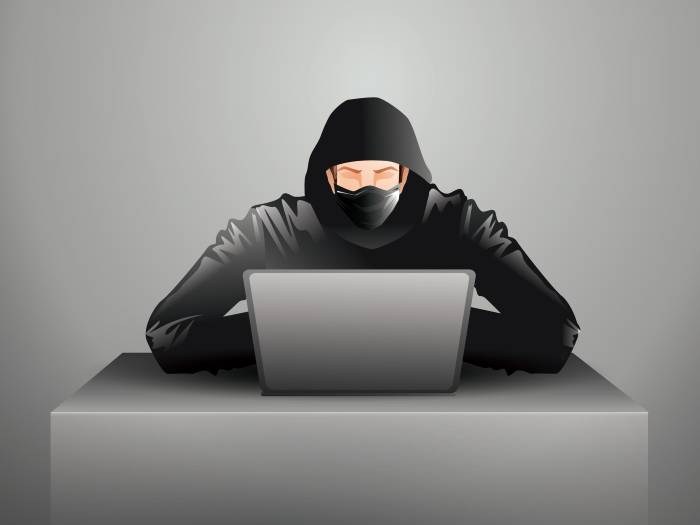How to Keep Cyber Criminals Away from Your Wi-Fi Network
Back in the day, it was really easy to protect your belongings. All you needed was a solid lock and a solid door. Today, though, we've got lots of digital treasures stored on our devices. And I'm not just talking about your kids' pictures! We also use credit cards and various passwords to access our bank accounts online, to give you an example. And all this information travels through the air if our laptops or computers use a wireless network.
To make things even more complex, all Wi-Fi security protocols have proven to be vulnerable so far. Sources from Data Alliance state that the soon to be released WPA3 will replace the Temporal Key Integrity Protocol (TKIP) with the Counter Mode Cipher Block Chaining Message Authentication Code Protocol (CCMP), which continues to encrypt data using the AES algorithm, but also offers the option of utilizing fixed encryption keys.
Recent stats show that the average American family owns about 10 Internet connected devices. Just take a family of four into account, each one of them having a smart phone and a tablet or laptop, and you're almost there! Of course, we tend to forget about smart TVs, gaming consoles, etc, and this leads to trouble.

Why is that such a bad thing? Well, those devices need to be patched regularly as well, to prevent cyber criminals from getting access to your Wi-Fi network. Maybe you are already patching the router and the operating systems (Windows, Android, iOS, and so on) but haven't you forgotten about that old Wi-Fi range extender which collects dust in the attic? A hacker could use it to log into your wireless network, and then get access to your data.
Sometimes hackers will steal the available data, and then infect the devices, installing malware on them. This way, they can turn them into remote-controlled armies, which are then used to attack legitimate servers, bringing them down.
So, what should you do to prevent the bad guys from connecting to your network? Everything starts with having a modern router. Yes, "modern" is the key word here; you want to purchase a new router every two years or so, because older devices aren't properly patched. More than this, with each new router generation, speed and range increase, making it easier for your devices to connect to and exchange data with the Internet.
Take the KRACK vulnerability, for example; few manufacturers are doing something about it, releasing patches that can fix the problems for good. However, most manufacturers don't do anything, waiting to release and sell their new, WPA3-compliant hardware.
Of course, even modern routers can't stop cyber criminals if they aren't updated regularly. Fortunately, modern routers also make it easy to apply firmware patches.
Often times, you can check for updates and apply patches using your smart phone. Gone are the days when you had to go to the router manufacturer's website, find the proper firmware file, unzip it, log into the router admin panel, upload the file, run it, and so on.
Some routers will even notify you when a new update is available; however, you should check if new patches are available every month or so. Don't just rely on automated notifications!
As you can see, having a modern router is crucial. It is true that modern routers will sometimes offer features that we don't actually need, and may even lead to trouble.
Take remote router management, for example; it is a very helpful feature for system administrators, who need to patch dozens or hundreds of routers from their offices, but it can open the gate to a series of vulnerabilities, so it should be disabled.
Another useless feature is WPS, which helps you connect new devices to the wireless network by simply pushing a button on each device. Sounds like a great system in theory, but it was proven to be vulnerable, so be sure to disable WPS as well.
In fact, if you don't use the Wi-Fi network, you can easily turn it off, at least while you are sleeping. Also, if your router can adjust its broadcasting power, you should diminish it, thus making it much harder for people who are away from your home to connect to the network.
These are some basic steps that should help keep your Wi-Fi secure. However, if you apply them all, you will be able to protect your wireless network from villains.